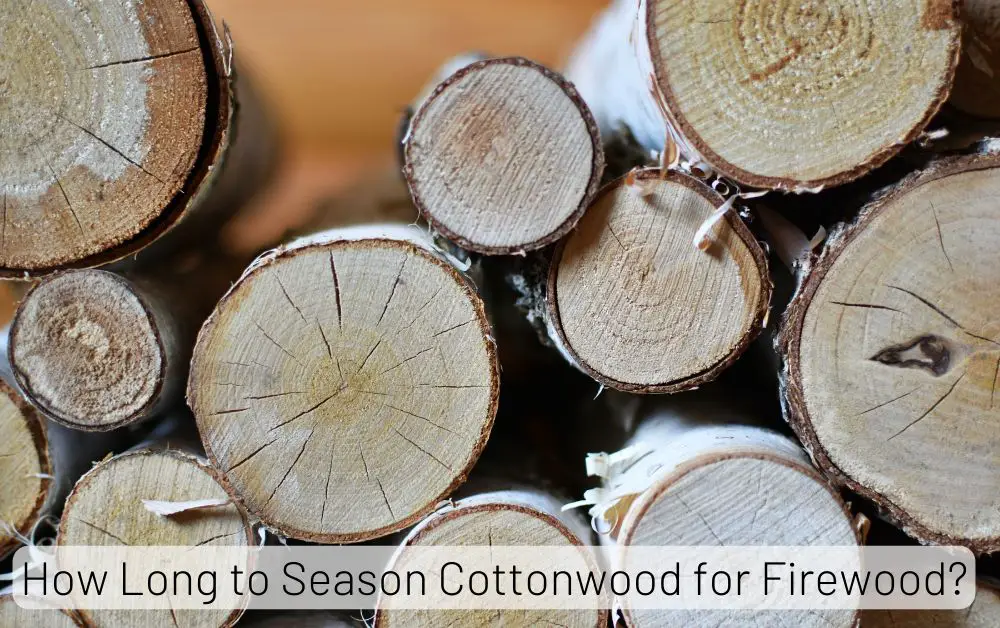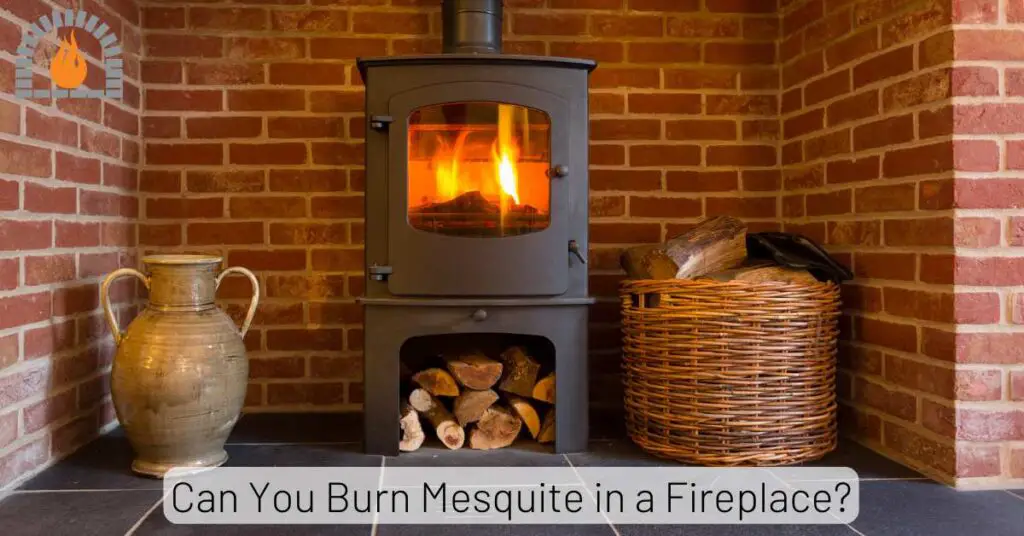In the quest for warmth and ambiance, many homeowners turn to the timeless allure of a crackling wood fire. Yet, the question: Can you burn wood with paint on it remains a burning curiosity. Can you safely ignite a fire with painted wood, or does this seemingly innocent act pose hidden dangers?
Overview
Burning wood with paint can be dangerous and is generally not recommended. The paint on wood often contains various chemicals that can release toxic fumes when burned. Inhaling these fumes can be harmful to your health and the environment.
Is It Illegal To Burn Painted Wood?
Burning painted wood may be subject to regulations and restrictions in many places. Awareness of local laws and guidelines is crucial to avoid legal consequences and contribute to community well-being.
Can You Burn Wood With Paint On It?
No, it is best to avoid burning treated wood and wood with paint on it. Burning wood with paint can be potentially hazardous to your health and the environment. Many paints contain lead, mercury, and other volatile organic compounds (VOCs) that can be released into the air when burned.
When painted wood burns, the heat can cause the paint to release toxic fumes and particles into the air. Inhaling these fumes can be harmful and may lead to respiratory issues.
If you need to dispose of wood with paint on it. In that case, it is generally recommended to use proper waste disposal methods, such as taking it to a designated hazardous waste disposal site. Burning painted wood should be avoided to protect human health and the environment.
Risks of Burning Painted Wood
Burning painted wood poses several risks, primarily due to the release of toxic substances present in the paint. Here are some of the main risks associated with burning painted wood:
-
Poisonous Fumes: Burning painted wood releases toxic fumes from lead, mercury, and volatile organic compounds (VOCs).
-
Respiratory Issues: Inhaling toxic fumes can cause respiratory problems and irritate the respiratory tract.
-
Lead Exposure: Burning painted wood with lead-based paint can release lead particles, posing a severe health risk.
-
Environmental Pollution: Combustion contributes to air pollution, negatively impacting air quality and the environment.
-
Legal and Regulatory Issues: Burning painted wood may violate environmental laws and regulations.
-
Fire Hazard: Some paints are flammable, increasing the fire risk during combustion.
-
Release of Hazardous Ash: Ash generated may contain residual toxic substances, posing a risk if improperly disposed of.
-
Health Risks for Animals: Toxic fumes can affect the respiratory health of animals nearby.
To mitigate health and environmental risks, exploring alternative methods for disposing of painted wood is advisable. Recycling facilities may offer safe options, ensuring proper disposal and preventing the release of harmful substances into the environment.
Related Post: Can You Burn Punky Wood?
How To Dispose Of Painted Wood?
Disposing painted wood requires careful consideration to ensure environmental responsibility and compliance with local regulations.
Here’s a general guide, but it’s essential to check with your local waste management facility for specific guidelines:
-
Check for hazardous materials in the paint; if present, follow specific guidelines for hazardous waste disposal.
-
Use a paint hardener to solidify non-hazardous paint for more straightforward disposal.
-
Separate painted wood from non-wood materials (e.g., metal, plastic) before disposal.
-
Inquire with local waste management or recycling centers for their policies on painted wood disposal.
-
Check if curbside pickup services or special waste pickups accept painted wood in your area.
-
Reserve landfill disposal as a last resort, mainly if the paint contains hazardous materials.
-
Explore options for reusing or repurposing painted wood in DIY projects or donating it to organizations that accept used building materials.
-
Stay informed about community hazardous waste collection events for proper disposal of painted wood.
-
Always adhere to local regulations and guidelines, and contact local waste management authorities for specific advice.
Related Post: Why My Pellet Stove Not Feeding Pellets?
FAQs
Can I wood burn over paint?
Burning wood over paint is not recommended. The combustion of paint can release harmful fumes and toxins. Moreover, the heat may cause the paint to bubble, crack, and emit hazardous substances.
Is burning paint toxic?
Yes, burning paint can be highly toxic. The heat from the combustion process releases harmful fumes and chemicals, including potentially dangerous substances like lead and other volatile compounds. Inhaling these fumes poses serious health risks and should be avoided.
Can you burn particle board in a fire pit?
Burning particle board in a fire pit is not advisable. Particle board often contains adhesives and resins that can release toxic fumes when burned. These emissions can be harmful to health and the environment. Using only natural, untreated wood for fire pits is recommended to ensure a safe and enjoyable outdoor experience.
Final Thoughts: Can You Burn Wood With Paint On It?
In conclusion, while burning wood can be a cozy and efficient heating method, it’s crucial to exercise caution when dealing with painted wood. Prioritizing safety, environmental responsibility, and adherence to local regulations can contribute to a healthier and more sustainable wood-burning approach.
Whether opting for safe disposal methods or exploring alternatives, making informed choices is essential for a positive impact on individuals and the environment.
Affiliate Disclosure: Fireplaceadviser.com is a participant in the Amazon Services LLC Associates Program. We may earn a commission when you click on certain links on this site and purchase.

Hello!! I am Jamal Khan. I often fix my home electric heaters and gas stove problems and research the common issues in the heating units to improve my knowledge and expertise. The aim of establishing fireplaceadviser.com is to share my expertise and knowledge with my audience.


















